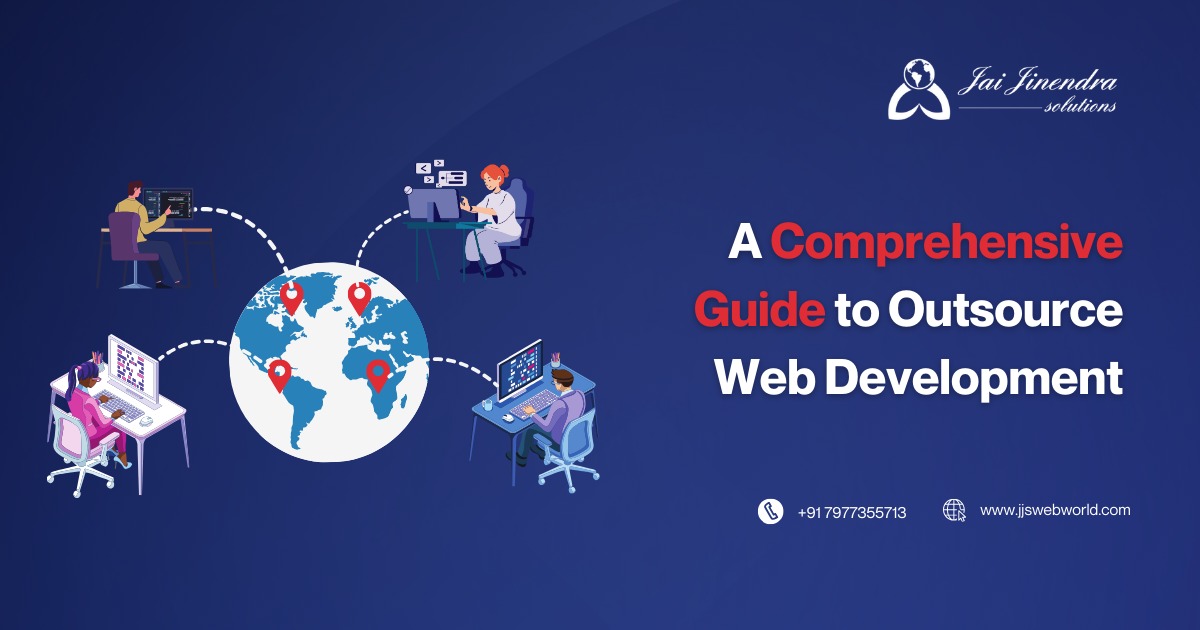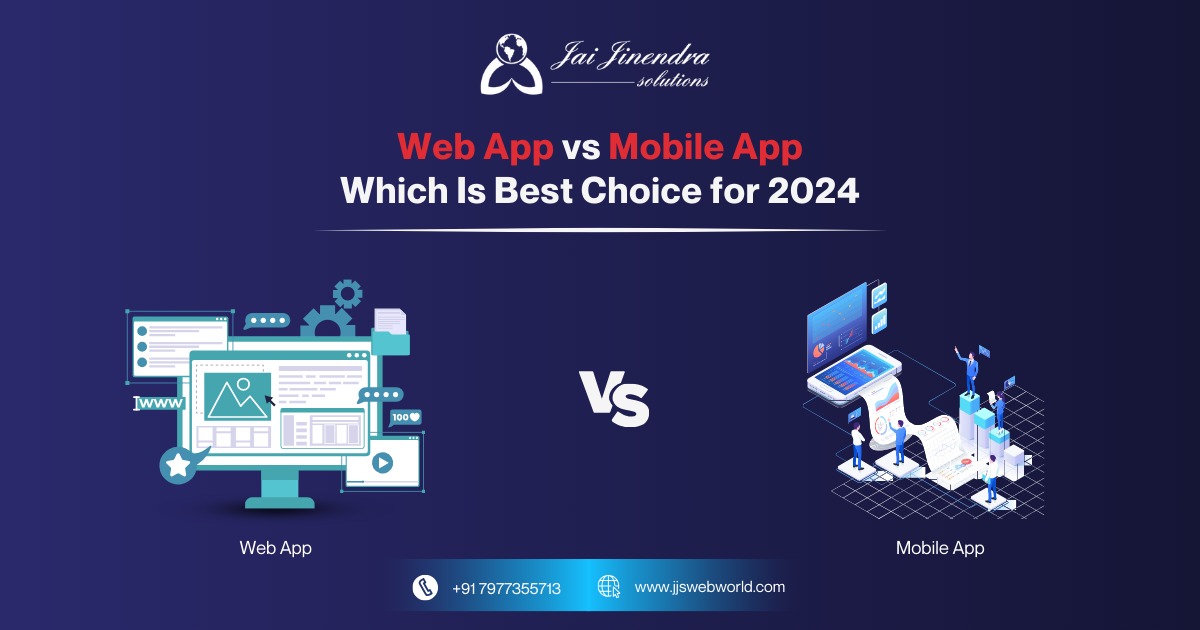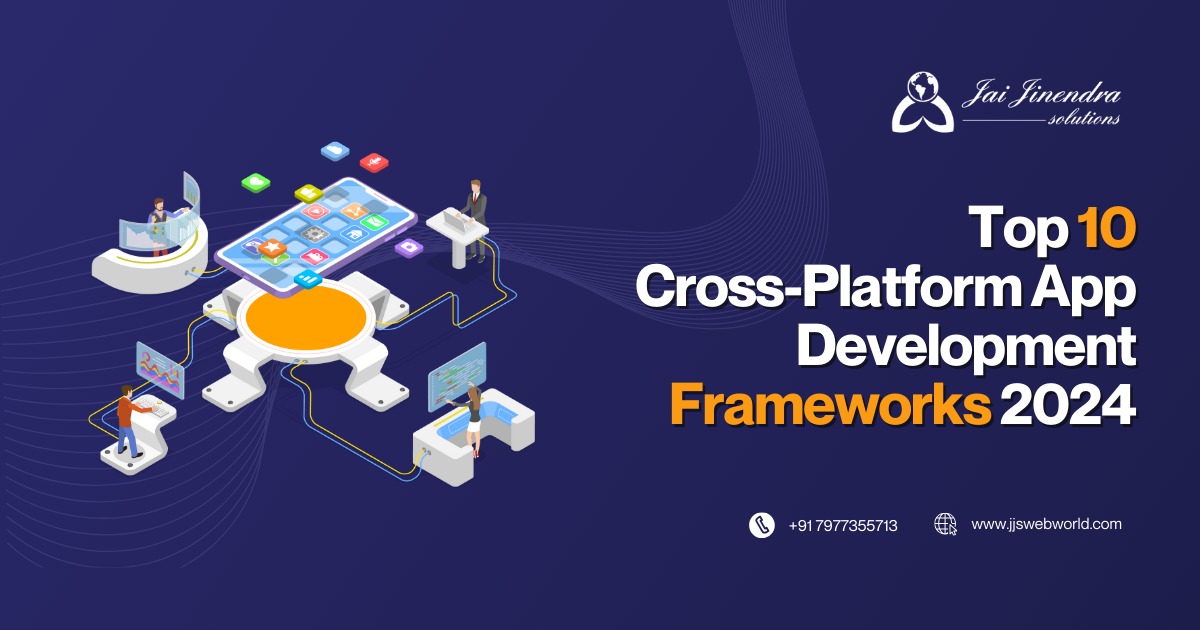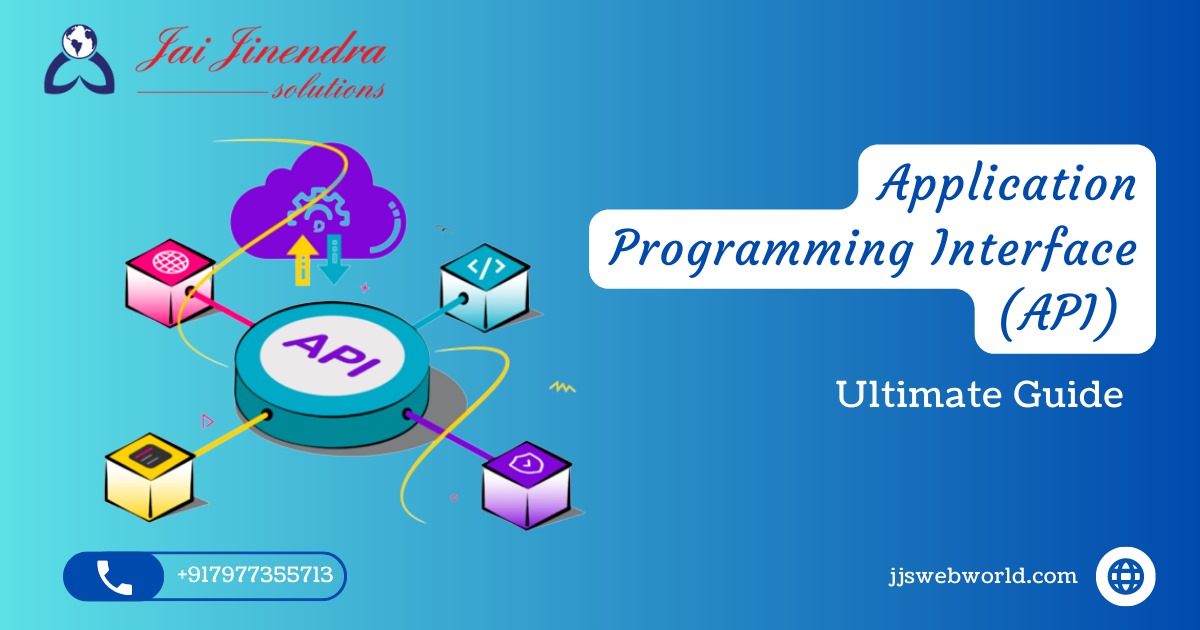- info@jjswebworld.com
- +91 7977355713
- 302, Arihant Residency Road No.2 Pushpa Park Dafftary Road , East Mumbai 400097, India
Application Programming Interface (API) Ultimate Guide
Latest Posts
- 29 Aug 2023
- admin
In the world of modern software and web application development, Application Programming Interfaces, or APIs, play a pivotal role in enabling applications to communicate and interact with each other. APIs have become an integral part of building robust and interconnected software systems and in the website application development process. In this ultimate guide, we will delve into the depths of APIs, exploring their types, functionalities, benefits, design principles, and much more.
Introduction
What is an API?
At its core, an API is a set of protocols and tools that allow different software applications to communicate with each other. It defines the methods and data structures developers can use to interact with a service, library, or operating system. APIs act as intermediaries, enabling seamless integration and collaboration between various software components.
Importance of APIs
In a world where software ecosystems are becoming increasingly complex, APIs provide the building blocks developers need to create sophisticated applications. APIs enable developers to leverage existing functionalities without reinventing the wheel, resulting in faster development cycles and more efficient resource utilization, providing clients with seamless web development solutions.
Types of APIs
1. Web APIs
Web APIs, also known as HTTP APIs or RESTful APIs, are the most common type of API used for web-based communication. These APIs enable interaction between different web services over the HTTP protocol. RESTful APIs, in particular, adhere to the principles of Representational State Transfer (REST) architecture. They utilize HTTP methods like GET, POST, PUT, and DELETE to perform various actions on resources.
2. Library or Framework APIs
APIs are not limited to web solutions services; they are also prevalent in programming libraries and frameworks. These APIs provide a predefined set of functions and methods that developers can use to perform specific tasks. For instance, libraries like jQuery offer APIs for simplifying DOM manipulation, while machine learning frameworks like TensorFlow provide APIs for creating and training machine learning models.
3. Operating System APIs
Operating System APIs grant applications access to system-level functionalities. They serve as bridges between applications and the underlying hardware and software of an operating system. Notable examples include the Windows API, which allows applications to interact with Microsoft Windows, and the POSIX API, which provides a standard interface for Unix-like operating systems.
How do APIs work?
APIs facilitate communication between a client (the requester) and a server (the provider) through a set of well-defined rules and protocols. This communication typically occurs over the internet using HTTP (Hypertext Transfer Protocol) or other networking protocols.
Client-Server Communication
APIs follow a client-server model, where the client makes requests for specific actions or data, and the server responds with the requested information. This interaction is vital for applications that rely on external services or data sources.
Request and Response Structure
API requests consist of an endpoint, which is a specific URL that the client sends a request to. Along with the endpoint, the client might include additional parameters or data needed for the operation. The server processes the request and responds with data or a confirmation message, usually in a standardized format like JSON (JavaScript Object Notation) or XML (eXtensible Markup Language).
HTTP Methods
APIs use HTTP methods to determine the type of operation the client wants to perform. The most common HTTP methods are:
-
GET: Retrieve data from the server.
-
POST: Send data to the server to create a new resource.
-
PUT: Update an existing resource on the server.
-
DELETE: Remove a resource from the server.
Benefits of Using APIs
Faster Development Through Code Reuse
One of the primary advantages of using APIs is the ability to reuse code and functionalities. Instead of building every component from scratch, developers can integrate existing APIs to handle specific tasks. This speeds up development, reduces the likelihood of errors, and enhances software quality.
Simplifying Complex Processes
APIs abstract complex operations into simplified functions. For instance, payment gateways provide APIs that developers can integrate to handle payment processing. By By doing so, developers don't need to understand the intricate details of payment processing; they can rely on the API to handle it seamlessly and provide simple website development solutions.
Encouraging Collaboration Between Developers
APIs enable collaboration among developers by allowing them to work on different components simultaneously. A team can divide the work, with each developer responsible for a specific API integration. As long as the API adheres to its documented interface, different parts of the application can be developed independently and integrated later.
API Design Principles
Designing a well-structured and user-friendly API is crucial for fostering seamless communication between software components.
1. Consistency
Maintaining consistency in API naming conventions and structure enhances the developer experience. Precise and predictable naming helps developers understand how to use different parts of the API, reducing confusion and errors.
2. Versioning
APIs evolve over time, leading to compatibility issues between different versions. Implementing versioning allows you to make changes to the API while ensuring backward compatibility with existing applications. This ensures that updates don't disrupt the functionality of existing integrations.
3. Security
APIs often deal with sensitive data and operations. Implement robust authentication and authorization mechanisms to ensure that only authorized users can access specific endpoints. Use techniques like API keys, OAuth, or JWT (JSON Web Tokens) to secure API endpoints.
4. Documentation
Comprehensive documentation is essential for helping developers understand how to use your API effectively. Include details about available endpoints, request and response formats, authentication methods, and usage examples. Clear documentation makes your API more accessible and reduces the learning curve for developers.
Consuming APIs
Understanding how to consume APIs is crucial for developers who want to incorporate external services into their applications. Here's a basic overview:
API Endpoints and Requests
APIs expose different endpoints that correspond to specific functionalities or resources. To interact with an API, a developer sends HTTP requests to these endpoints. For example, to retrieve user data from a hypothetical user service, a developer might send a GET request to the "/users/{id}" endpoint.
Code Examples
Let's take a look at a simple code example in
BASE_URL/end_point/{id}
$id = $request->id;
$name = $request->name;
$return_array = array(
"id" => $id,
"name" => $name,
);
$response = json_encode(
array(
"status" => false,
"message" => $msg ,
"data" => $return_array
), JSON_PRETTY_PRINT | JSON_UNESCAPED_UNICODE);
return $response;
Building APIs
Creating your own APIs involves several steps, from choosing the right technology stack to designing endpoints and handling data formatting:
Choosing a Technology Stack
Select a programming language and framework that align with your project's requirements. For web APIs, popular choices include Node.js with Express, Python with Flask or Django, and Ruby on Rails.
Designing Endpoints
Plan your API endpoints based on the actions and resources you want to expose. Use meaningful and consistent URLs that reflect the purpose of each endpoint. For example, "/products" for retrieving a list of products or "/users/{id}" for fetching user details.
Data Formatting
JSON (JavaScript Object Notation) is the standard format for data exchange in modern APIs due to its simplicity and widespread support. Serialize data into JSON when sending responses and deserialize incoming JSON data when processing requests.
Testing and Debugging
Thoroughly test your API endpoints to ensure they function as intended. Tools like Postman and cURL are helpful for testing API requests. Be prepared to handle errors gracefully by providing meaningful error messages and status codes.
Future Trends in API Development
As technology continues to evolve, so does the landscape of API development. Here are some emerging trends that are shaping the future of APIs:
Microservices Architecture
Microservices architecture involves breaking down large applications into smaller, manageable services that can be developed, deployed, and scaled independently. APIs play a critical role in enabling communication between these microservices. This approach enhances scalability, promotes flexibility, and makes it easier to update individual components without affecting the entire system.
Integration with Internet of Things (IoT) Devices
With the rise of IoT devices, APIs are becoming essential for connecting and controlling various smart devices. APIs allow developers to interact with sensors, smart appliances, wearables, and other IoT devices, enabling seamless integration into larger systems or applications.
Serverless Computing and API Deployment
Serverless computing lets developers focus on writing code without having to manage server infrastructure. APIs are a natural fit for serverless architectures, as developers can create and deploy APIs in serverless environments like AWS Lambda or Azure Functions. This approach simplifies deployment and scaling while reducing operational overhead.
Conclusion
In the fast-paced world of software development, Application Programming Interfaces (APIs) serve as the glue that connects different software components, services, and devices. APIs empower developers to build powerful applications by leveraging existing functionalities, streamlining complex processes, and enabling collaboration.
Whether you're consuming APIs to enrich your applications with external services or creating your own APIs to provide services to others, a solid understanding of API design principles, communication protocols, and best practices is crucial. By adhering to consistency, versioning, security, and thorough documentation, you can ensure that your APIs are robust, reliable, and user-friendly.
As technology continues to evolve, APIs will play an even more significant role in shaping the software landscape. From microservices architecture to seamless integration with IoT devices, APIs are at the forefront of innovation.
In your journey as a developer, embrace the power of APIs, experiment with their capabilities, and explore new ways to harness their potential. With APIs, you have the tools to unlock a world of endless possibilities in the realm of software development. We hope this ultimate guide has provided valuable insights and inspiration for your future projects.






